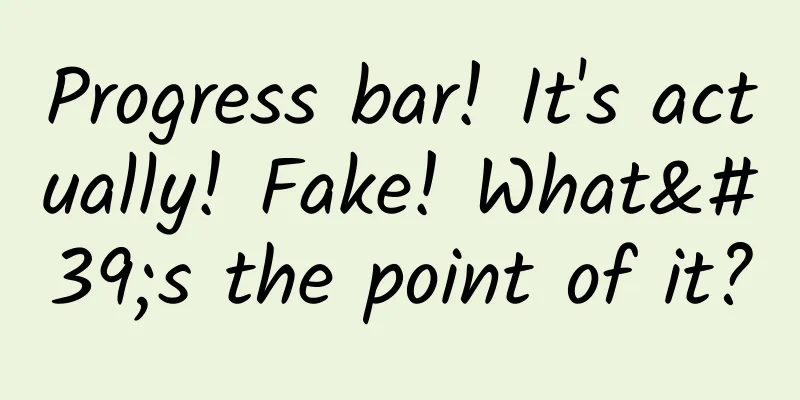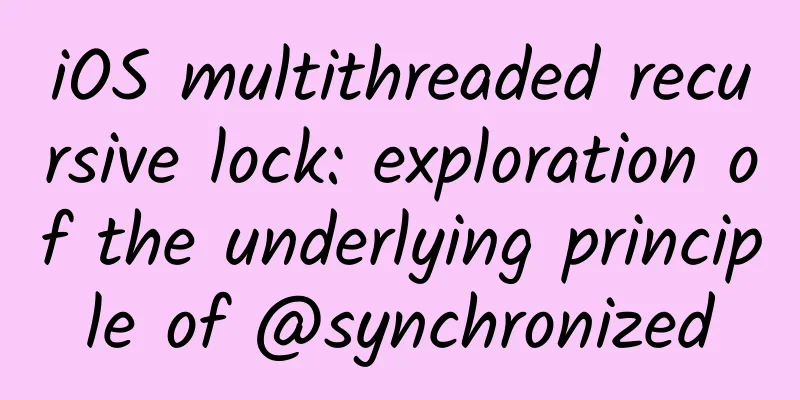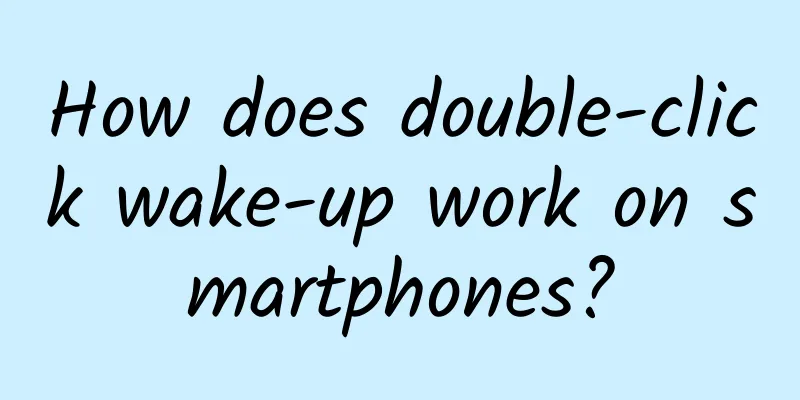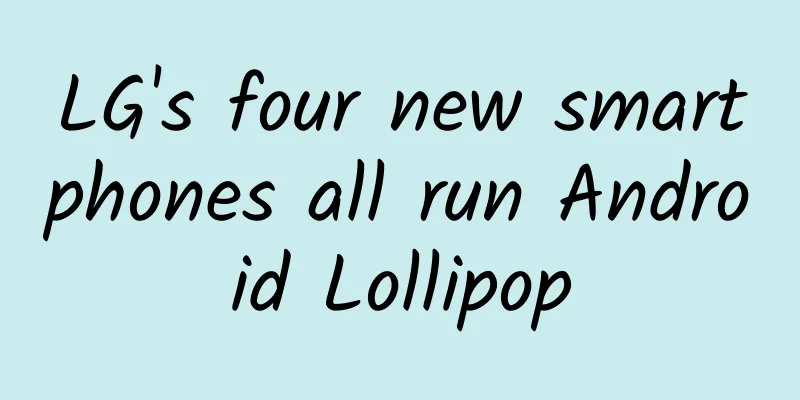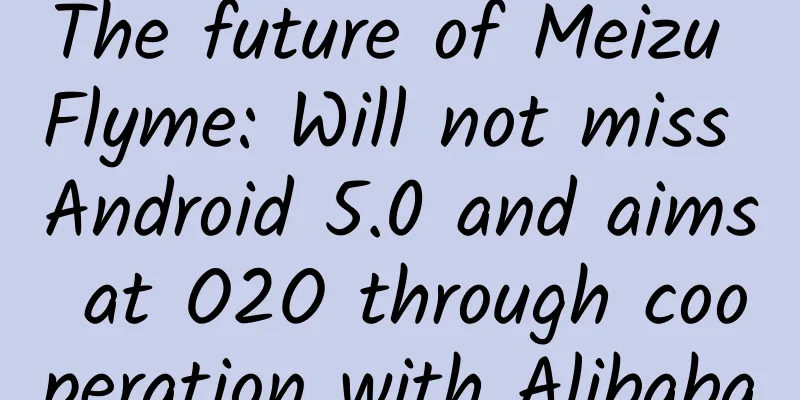Does breathing affect vision? Scientists discover mysterious rules of pupils →
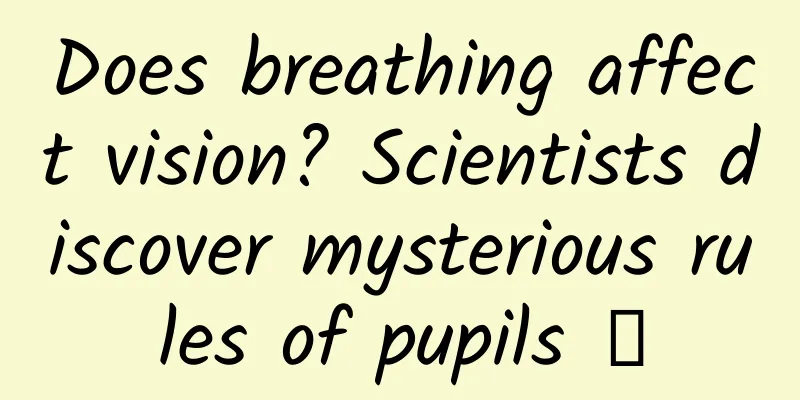
|
Compiled by: Gong Zixin Like the aperture of a camera, the pupil controls the amount of light that enters the eye. As such, it is crucial to our vision and how we perceive our surroundings. For more than a century, three mechanisms have been known to change pupil size - the amount of light, focus, and cognitive factors such as emotions or mental activity. Now, scientists at the Karolinska Institute in Sweden have discovered a fourth - breathing. The study, published in the Journal of Physiology, shows that pupils are smallest when we breathe in and largest when we breathe out - which could affect how we see. "What's unique about this mechanism is that it's cyclical, always present, and doesn't require external stimulation," explains study leader Artin Arshamian, associate professor at the Department of Clinical Neuroscience at Karolinska Institutet. "Since breathing can affect brain activity and cognitive function, this finding may help to better understand how our vision and attention are regulated." The researchers conducted five experiments on more than 200 participants, systematically investigating how pupil size changes throughout the respiratory cycle while varying the task, lighting, gaze distance, and brain area involved. The findings consistently showed that pupils were smallest during inspiration and largest during expiration. This pattern held across conditions: regardless of whether participants breathed fast or slow, breathed through their nose or mouth, in bright or dim lighting conditions, focused near or far, at rest or during visual tasks, and with or without the olfactory bulb, a brain structure activated by nasal breathing. This effect is called the pupillary respiratory phase response (PRP response). Pupillary responses during the respiratory cycle in 5 experiments The difference in pupil size between inhaling and exhaling is large enough to theoretically affect vision. The researchers are currently exploring this further. Previous studies have shown that smaller pupils make it easier to see details, while larger pupils help us find hard-to-see objects. "The results suggest that within a single breathing cycle, vision may switch between optimizing the recognition of small details during inhalation and detecting faint objects during exhalation," said Martin Schaefer, the study's first author and a postdoctoral researcher at the Karolinska Institute. The researchers say the findings may also have clinical applications. "One potential application is to develop new ways to diagnose or treat neurological diseases, such as Parkinson's disease, in which impaired pupil function is an early sign of Parkinson's disease. This is a direction we want to explore in the future," said Artin Arshamian. |
>>: Why are you so tired even though you haven’t done anything?
Recommend
How did these cultural relics survive the centuries of wind and rain and multiple earthquakes and still stand?
Over the long years, the ancient buildings on the...
Live streaming sales process + the latest template for live streaming scripts!
An excellent live broadcast process can ensure th...
This is what the Nike smart running shoes that sell for 5,000 yuan look like after being disassembled
Last December, the world's first self-lacing ...
Google is rumored to be replacing Android and Chrome OS with Fuchsia within 5 years
[[237256]] Beijing time, July 20, morning news, a...
To control fatty liver, should we eat less staple food or less meat?
A friend told me that he was only in his early fo...
Uber-ized future business: From control economy to negotiation economy
A cooler job than Internet product manager, Wall ...
How to apply the addiction model in activity design of game products?
Recently, one of the team's stage goals for p...
On the highest realm of operation work - emotional operation
I have mentioned this point many times in my prev...
How big are the known stars in the universe?
Humankind’s journey of exploring the universe is ...
Zhihu Live Product Analysis
2016 is known as the first year of knowledge paym...
How did a 100-meter tower crane grow taller?
In our daily life, we often see tower cranes bein...
How to earn thousands of dollars a day through low-priced movie ticket projects through "Changjin Lake"?
Today I want to talk to you about a common topic ...
Tencent Video information flow advertising style, introduction to delivery material specifications!
Tencent Video advertising styles mainly include: ...
The invisible killer - Candida albicans
Candida albicans, also known as Candida albicans,...
When your phone is seriously stuck, is it better to shut it down or restart it? Now you finally know the answer
When the phone freezes and "cannot move"...

